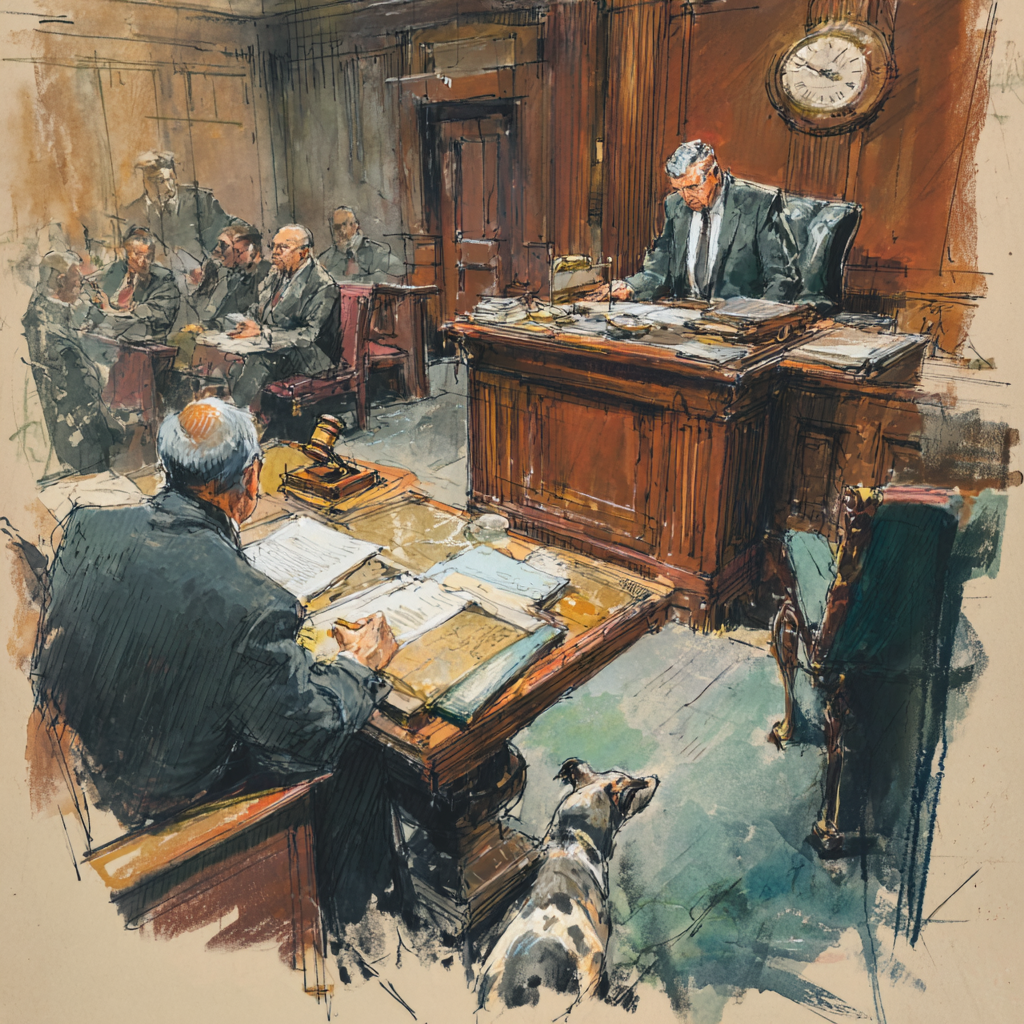Alpha Acupuncture, P.C. v Hertz Claim Mgt. Corp., 2014 NY Slip Op 51515(U)
“The defendant-insurer made a prima facie showing of entitlement to summary judgment dismissing the action for first-party no-fault benefits by establishing that it timely and properly mailed the notices for independent medical examinations (IMEs) to plaintiff’s assignor and his counsel, and that the assignor failed to appear (see American Tr. Ins. Co. v Lucas, 111 AD3d 423 [2013]; American Tr. Ins. Co. v Solorzano, 108 AD3d 449 [2013]). Contrary to plaintiff’s contention, defendant submitted competent evidence of the assignor’s nonappearance in the form of the sworn affidavits of the scheduled examining chiropractor and an employee of defendant’s third-party IME scheduler attesting to the affiants’ personal knowledge of their office practices and policies when an assignor fails to appear for a scheduled IME (see American Tr. Ins. Co. v Lucas, 111 AD3d at 424).”
“Accordingly, when the assignor failed to appear for the requested chiropractic IME, defendant had the right to deny all claims retroactively to the date of loss, regardless of whether the denials were timely issued (see American Tr. Ins. Co. v Lucas, 111 AD3d at 424), and even though defendant initially denied the claims on different grounds (see Unitrin, 82 AD3d at 560).”
Perhaps I am stating the obvious, but there is a theory that mailing the letters in accordance within the verification time periods means mailing the letters within 15-days of receipt of the bills (65-3.5). This cannot make sense since the failure to attend IMEs can (and many times does) occur after a denial “on different grounds” occurs. The letters, therefore, are not mailed within the 15-day period. It is implicit in the decisions that the time periods would be the 10-days between the first no show and the second letter. Until this is explicit, this argument will persist.









